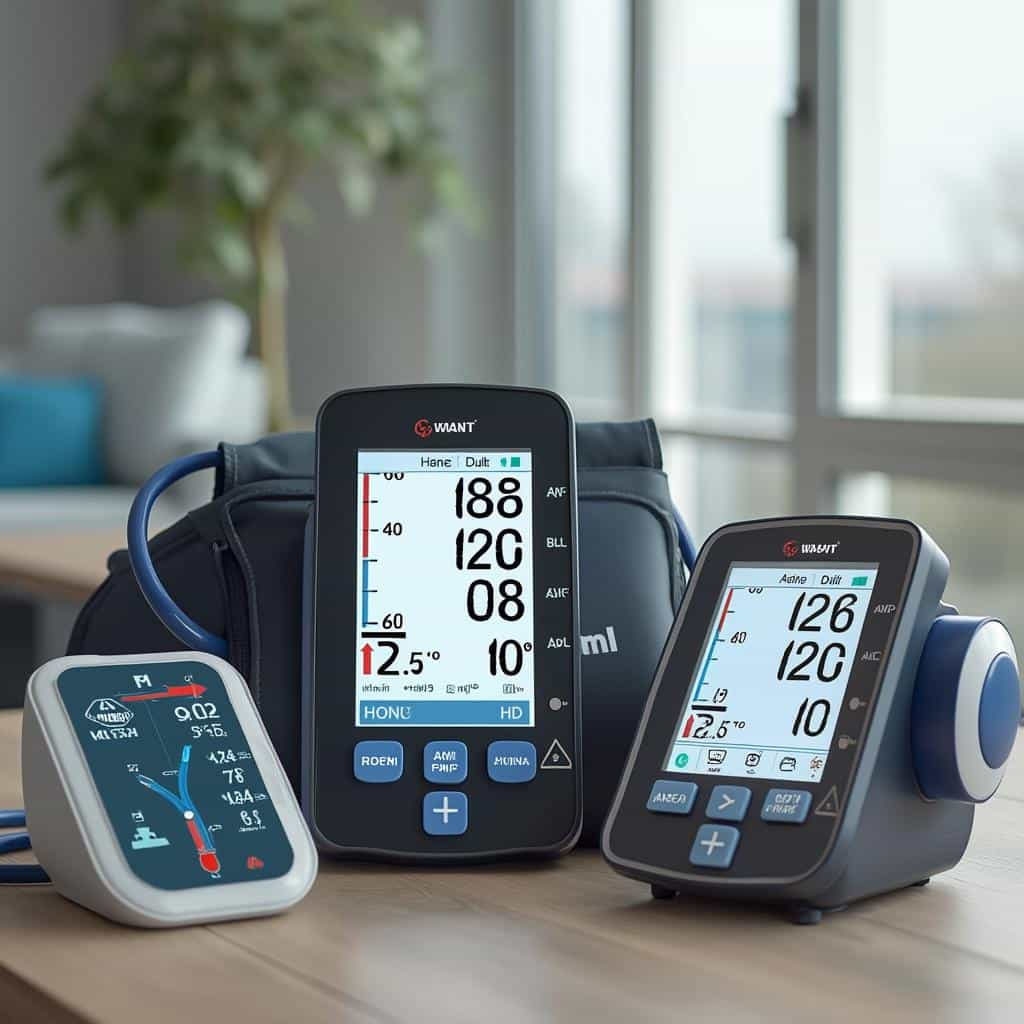In recent years, blood pressure monitors have become a staple for individuals committed to monitoring their cardiovascular health. These devices are more than just tools; they are lifelines for many who strive to manage or prevent health complications. But what makes these monitors tick? What are their technical intricacies, and why are they indispensable in contemporary health management?
Blood pressure monitors, generally, are categorized into two types: manual and digital. Manual sphygmomanometers require a stethoscope and practiced skill to measure blood pressure accurately. Though considered traditional, they boast reliability in specific clinical settings. On the other hand, digital monitors, either automatic or semi-automatic, offer ease of use, and their popularity has surged incredibly in home health monitoring scenarios.
The functionality of a digital blood pressure monitor is rooted in its oscillometric measurement method. Essentially, these devices detect blood flow vibrations against the artery walls during cuff inflation and deflation. The result is a straightforward, often digital, readout of systolic and diastolic pressures along with heart rate readings. This technical process eliminates the need for medical professionals to interpret sounds, thereby democratizing health monitoring.
Looking into the advantages, digital blood pressure monitors provide a plethora of user-friendly features. Many models come with large displays for easier readability, which is particularly beneficial for the elderly or visually impaired. Some advanced monitors include irregular heartbeat detection and digital memory capacities enabling the storage of previous readings for trend analysis. These functions empower users by offering insights into their cardiovascular trends over time—an essential aspect of proactive health care.
Cost-wise, digital blood pressure monitors vary significantly, generally influenced by features and brand reputation. Basic models can be priced as low as $30, while high-end devices, enriched with connectivity to mobile apps, cloud storage, and compatibility with other health monitoring systems, can exceed $150. For instance, devices that integrate seamlessly with smartphones, offering a holistic view of health parameters, are often on the higher end of the price spectrum.
One notable example is the Omron Platinum Blood Pressure Monitor. Priced approximately at $95, this device is lauded for its accuracy and advanced averaging feature that calculates a complete 24-hour reading. It’s equipped with Bluetooth technology, enabling data transmission to your smartphone for long-term trend tracking. Additionally, it provides users with a year-long warranty—a testament to its reliability.
Despite these advancements, blood pressure monitors are not without their drawbacks. Accuracy can sometimes fluctuate based on incorrect cuff placement or improper user positioning. External factors like arm movement during measurement can also skew results. Experts advise users to take readings at the same time each day, in a rested state, to minimize variance.
There are also myths regarding blood pressure monitors that warrant addressing. One common belief is that because a monitor is digital, it is inherently accurate. However, Dr. Mary Sanchez, a renowned cardiologist, warns that, ‚Calibration is key. Always ensure that your device is regularly checked against a manual reading to ensure its precision.‘
Talking about guarantees, most reputable brands provide a warranty period ranging from one to five years. Omron, Welch Allyn, and Beurer are brands known for an extensive service network, offering assurances not only in performance but also in post-purchase customer service. Always consider checking the fine print of warranties to understand what is covered, including device calibration services.
In conclusion, blood pressure monitors represent a crucial intersection of technology and health management. By understanding their technical features, costs, and limitations, individuals can make informed choices that enhance their preventative health measures. As technology continually evolves, we can expect these devices to become even more integral to personal and medical health landscapes, underscoring the importance of regular, accurate blood pressure monitoring in the pursuit of long-term well-being.
You may also like
The Anticipated Launch of Nintendo Switch 2: A Glimpse into the Future of Gaming
The gaming world is abuzz with excitement as Nintendo gears up to release the much-awaited Nintendo Switch 2 in 2025. This article delves into the console’s technical specifications, potential advantages, disadvantages, pricing, and warranty options, providing gamers with a comprehensive understanding of what to expect.
The Best Professional Drones of 2025
As of 2025, the drone industry continues to advance with new models boasting enhanced features and capabilities. This article delves into the top professional drones available this year, analyzing their technical specifications, pros and cons, price points, and accompanying warranties.
Magnetic Mosquito Nets
Magnetic mosquito nets have become an essential household accessory in recent years. This article explores their technical features, advantages, and disadvantages across various models. It also provides detailed information on costs and warranties associated with these products.
